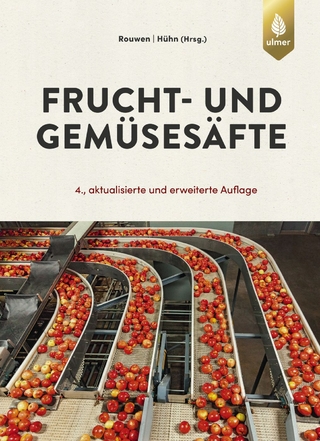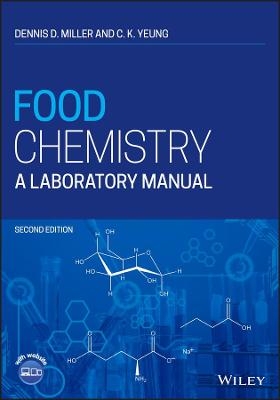
Bitterness in Foods and Beverages
Elsevier Science Ltd (Verlag)
978-0-444-88175-5 (ISBN)
- Titel ist leider vergriffen;
keine Neuauflage - Artikel merken
This book was designed to be of practical assistance to those food scientists who may be struggling with a bitterness problem as well as those sensory scientists interested in bitterness. This is the most comprehensive text devoted to bitterness in foods and beverages. Each chapter has been written by individuals who have extensive experience with their subject matter.
The work is organized in four major sections. The first section introduces the subject of bitterness, how bitterness is sensed, why some compounds are more bitter than others and finally how these compounds are derived in food plants. The second section deals with sources of bitter compounds in foods and beverages. Some chapters are devoted to a single food or beverage such as coffee, tea, wine or apple ciders. Other chapters are more general in nature and deal with e.g. bitterness in dairy products, alcoholic beverages or the very wide ranging subject of food plants (primarily vegetables).
The last two sections deal with methods to separate and identify bitter compounds as well as methods to remove or reduce bitterness. It appears that HPLC is the method of choice to separate and study these compounds simply because most bitter compounds are generally nonvolatile or are thermally unstable. Identification is more difficult and various approaches are illustrated. Due to their economic importance, many approaches to remove or reduce bitterness in citrus juices have been developed. Therefore the last section uses citrus juices as examples of the various techniques which can be used to reduce bitterness in liquid food products. Methods to remove bitterness in solid foods are described in the chapter on soy beans.
I. Introduction to Bitterness. Bitterness in food products: an overview (R. Rouseff). Physiological and therapeutical aspects of bitter compounds (C.H. Brieskorn). Compound structure versus bitter taste (J.A. Maga). Biosynthesis of bitter compounds (R.J. Robins et al.). II. Sources of Bitterness. Thermally produced bitter-tasting compounds (J.A. Maga). Bitterness in alcoholic beverages (F. Chialva, G. Dada). Bitterness and astringency, the pyrocyanidins of fermented apple ciders (A.G.H. Lea). Bitterness/astringency in wine (A.C. Noble). Bitterness/astringency in tea (T. Yamanishi). Coffee bitterness (D.A. McCamey et al.). Bitter compounds in dairy products (R. Schmidt). Bitter principles in food plants (G.R. Fenwick et al.). III. Separation and Identification of Bitter Compounds. Separation and identification of hop bitter compounds in beer (J.M. Cowles et al.). Isolation and identification of bitter compounds in defatted soybean flour (S.S. Chang et al.). IV. Methods to Remove Bitterness. Bitterness in soy and methods for its removal (W.E. Marshall). Biochemistry of limonoid citrus juice bitter principles and biochemical debittering processes (S. Hasegawa, V.P. Maier). Cyclodextrin polymers in the removal of bitter compounds in citrus juices (P.E. Shaw). Removal of bitter compounds from citrus products by adsorption techniques (A. Puri). Subject Index.
| Erscheint lt. Verlag | 20.6.1990 |
|---|---|
| Reihe/Serie | Developments in Food Science |
| Zusatzinfo | Illustrations |
| Verlagsort | Oxford |
| Sprache | englisch |
| Themenwelt | Technik ► Lebensmitteltechnologie |
| ISBN-10 | 0-444-88175-1 / 0444881751 |
| ISBN-13 | 978-0-444-88175-5 / 9780444881755 |
| Zustand | Neuware |
| Haben Sie eine Frage zum Produkt? |
aus dem Bereich


